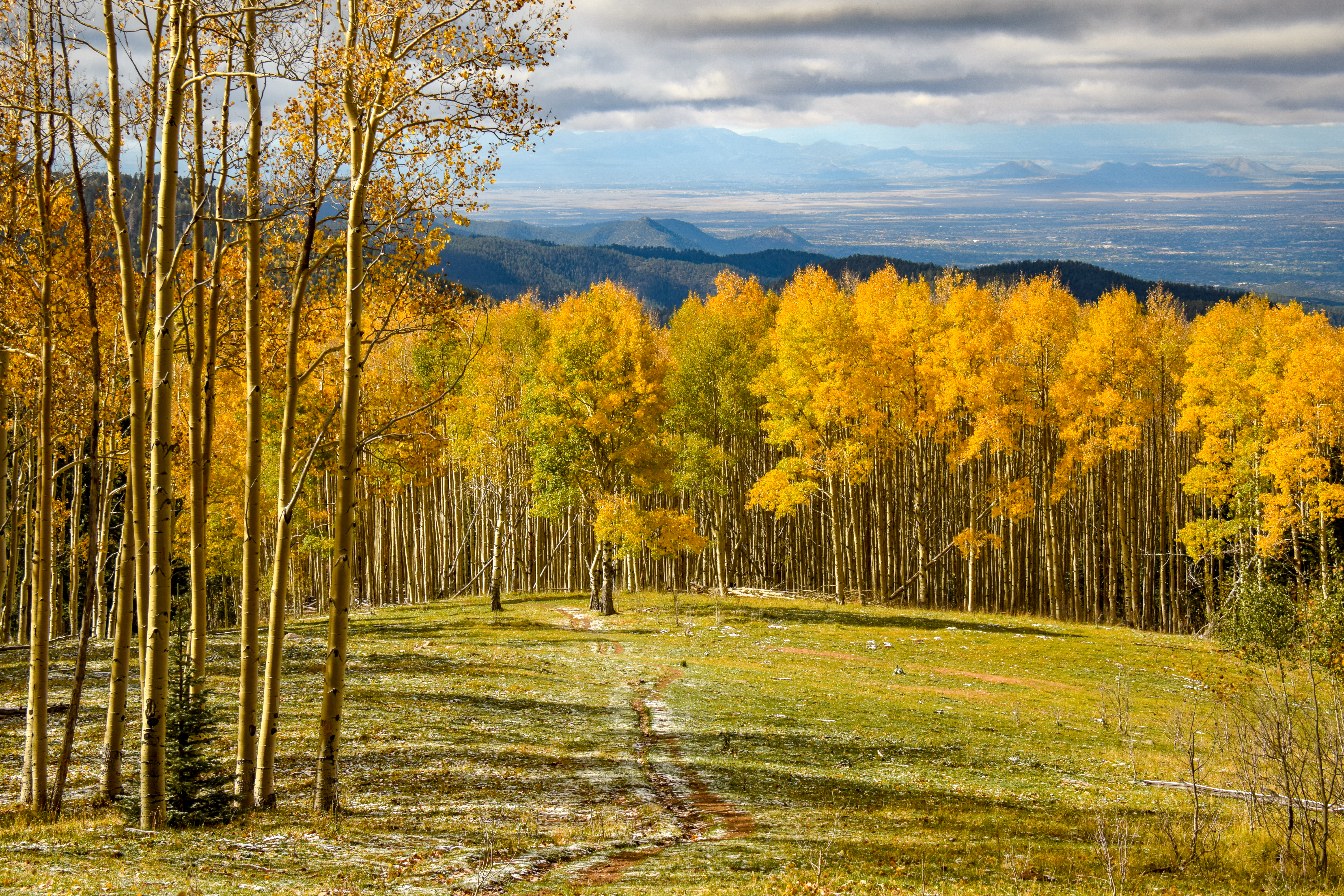Building Resilience In Ecosystems And Ourselves
- The following is the opinion and analysis of the writer.
- Use of this article or any portions thereof requires written permission of the author.
DSC_0260-2.jpg

On March 23, 2020, Arizona Governor Ducey issued a stay-at-home order to the people of his state to stop the spread of the novel coronavirus. On his list of essential services to stay open was that of the state parks. The result was that Arizonans flooded into the parks in record numbers to take advantage of extremely pleasant spring temperatures. The same is true in other states, like California, with even stricter stay-at-home orders. While this may not be the best strategy for mitigating the spread of disease, it demonstrated that our public lands and outdoor spaces are essential for emotional well-being. When faced with emotional turmoil, people take to the outdoors.
Arizonans, like most everyone around the world, are pining for ways to build resilience in the face of an ever-present, ever-stressful pandemic. There is sometimes nothing more refreshing than spending time outdoors, especially considering how much of the past few weeks we’ve all been cooped up inside.
Resilience is generally considered the capacity for one to bounce back after an emotional blow. We face a collective re-traumatization every day between watching the news, reaching out to our distant loved ones, and everything in between. We are all bouncing between anticipatory grief and actual grief. This scramble to discover a new normal does not allow for much bouncing-back.
The same is true for an environment that—though perhaps granted a slight reprieve due to economic downturn—is still facing ever-present threats from climate change. While there is a potential causal connection between climate disruption and the emergence of the novel coronavirus, after this crisis is over, we will need to look into ways of building environmental resilience so that further crises, beyond epidemiological ones, can be prevented. The destruction of ecosystems and the harvesting of the world’s biodiversity has increased the interaction between wildlife and humans, increasing the risk of exposure to viruses like the novel coronavirus. Further, while encounters with wildlife are generally rare, the shrinking of ecosystems further puts humans closer to animals which would rather be left alone, and also may be carrying novel strains of zoonose diseases. That is, diseases that leap between species of animals and humans.
There is a parallel between psychological resilience and environmental resilience. A resilient mind bounces back after trauma; a resilient environment bounces back just the same after trauma. The four primary parameters which generally characterize ecological resilience are:
- Latitude: the maximum amount a system can be changed before losing its ability to recover (before crossing a threshold which, if breached, makes recovery difficult or impossible).
- Resistance: the ease or difficulty of changing the system; how “resistant” it is to being changed.
- Precariousness: how close the current state of the system is to a limit or “threshold.”
- Panarchy: because of cross-scale interactions, the resilience of a system at a particular focal scale will depend on the influences from states and dynamics at scales above and below. For example, external oppressive politics, invasions, market shifts, or global climate change can trigger local surprises and regime shifts.
I imagine these factors as a zero-sum game of tug of war, where an ecosystem is pulling against all of the contributing factors for its destabilization. Latitude is how much you can pull on the rope before the other side falls over. Cutting down one tree may not irreversibly alter the ecosystem but cutting down fifty might. Resistance: how resilient the ecosystem already is to a particular trauma – e.g., it’s extremely difficult to have a forest fire in the ocean, or an algal bloom on the prairie. Precariousness: how traumatized the ecosystem already was to begin with. If the latitude threshold of the ecosystem is fifty trees, and forty-nine have already been cut down, the system is extremely precarious. Panarchy: no individual ecosystem is entirely isolated or protected from the ones around it. If there’s a housing boom, and there’s increased demand for trees where before there was none, then there’s a greater chance of crossing the latitude threshold. If a global pandemic draws more people into outdoor spaces, bringing with them trail damage, littering, etc Increased foot traffic on trials, or off-roading in the wilderness, are just examples. Most outdoor enthusiasts are respectful of the nature they’re visiting, but our outdoor spaces are still experiencing a demand shock which increases chances of degradation.
It’s easy to see parallels between us as individuals and our environment in these moments. The threat of climate change is a risk to our precious outdoor spaces, which is valuable as well to the recreation industry. As colonists arrived in the American West, initially they sought to extract resources, but now recreation has emerged as a valuable use of public lands. The economy of the West is now dependent on recreation. For instance, one million Montanans contributed $7.1 billion to the outdoor recreation industry last year.
We need the outdoors to build our emotional resilience even without a pandemic, the outdoors is essential to our economy, and the outdoors are under threat to climate change. There is a panarchy between these. They all function together to keep us whole. While it’s hard to look past the current crisis, climate change isn’t going to wait until the pandemic ebbs and will continue eroding our outdoor spaces and preventing our bounce-back – both emotionally and economically. Our outdoor spaces must therefore be protected from shocks to its resilience both in the near term during increased demand during the pandemic, and long-term from climate change.

